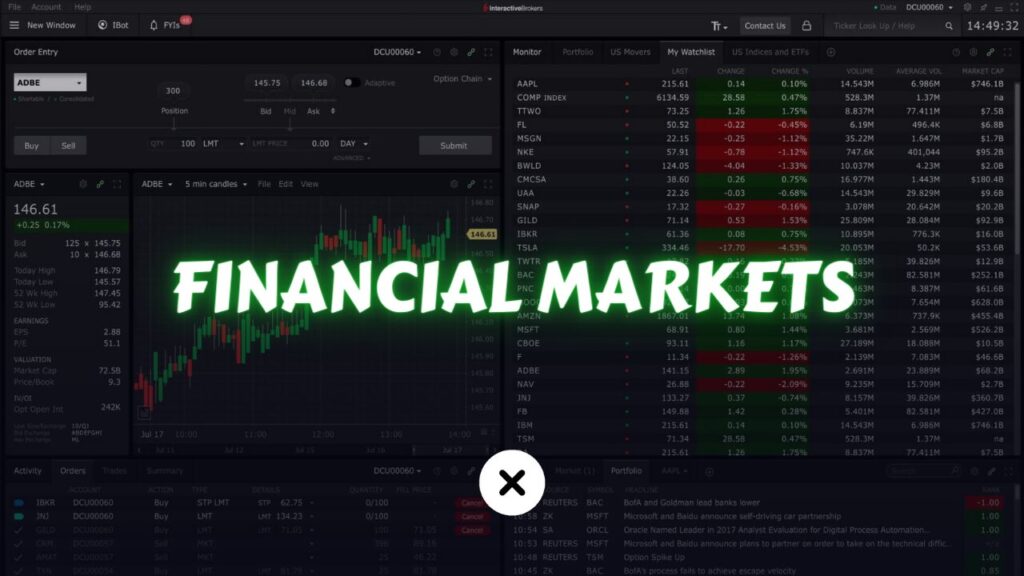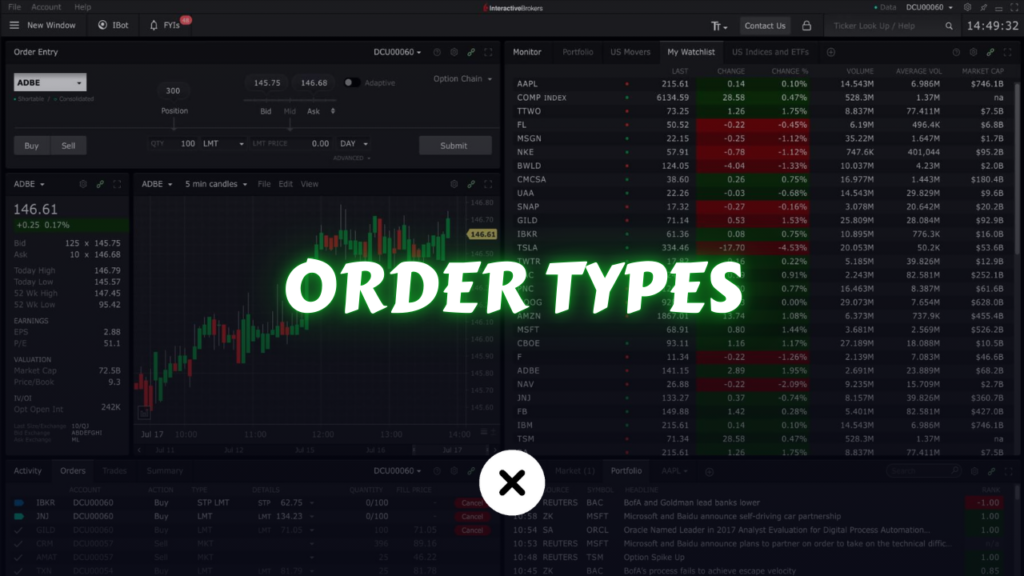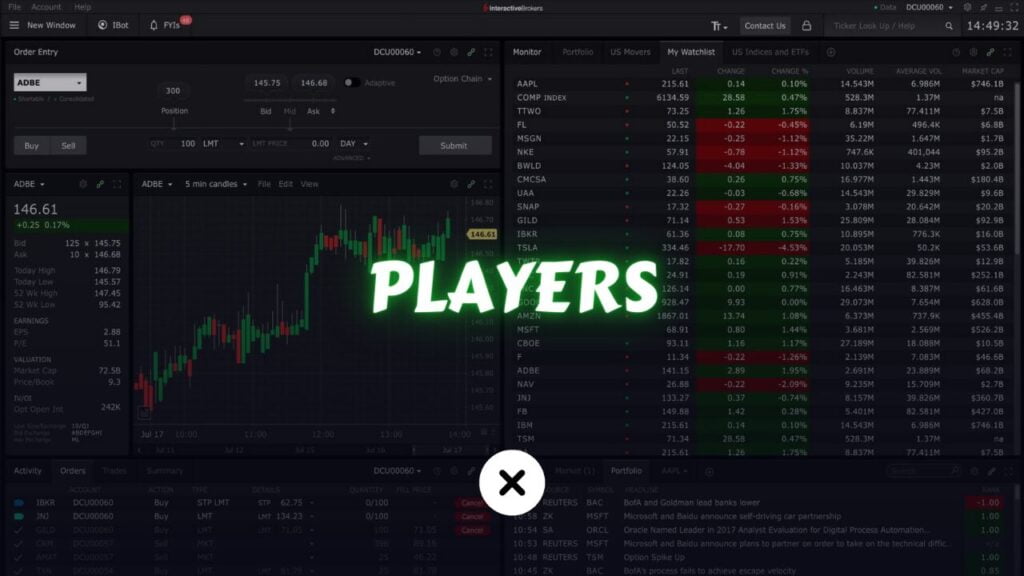Investing and trading are two distinct methods of engaging with the financial markets, each with its own goals, strategies, and risk profiles. While investing focuses on long-term wealth accumulation through steady growth and compounding, trading seeks to capitalize on short-term price movements for quicker gains. This guide explores the key differences, benefits, and strategies of investing vs trading to help you choose the approach that best fits your financial objectives and risk tolerance.
What is Investing?

Investing involves purchasing assets with the intention of holding them for the long term, often years or decades. The primary goal is to build wealth over time through appreciation, dividends, or interest income.
Key Features of Investing:
- Time Horizon:
- Long-term focus, typically five years or more.
- Emphasizes compound growth over time.
- Risk Profile:
- Generally lower risk compared to trading, though market volatility still applies.
- Diversification across various asset classes reduces risk further.
- Return Expectations:
- Aimed at steady, reliable growth over the years.
- Returns typically align with broader market averages (e.g., S&P 500 returns around 7–10% annually).
- Common Instruments:
- Stocks, bonds, mutual funds, ETFs, real estate, and commodities.
Benefits of Investing:
- Compound Growth: Reinvesting dividends and interest allows wealth to grow exponentially.
- Passive Income: Dividends, interest, and rental income provide ongoing earnings.
- Lower Stress: No need to monitor the market daily.
- Tax Advantages: Long-term capital gains taxes are lower than short-term trading taxes.
What is Trading?

Trading involves buying and selling financial instruments with the goal of making quick profits from short-term price fluctuations. It requires active participation and a deep understanding of market trends and technical analysis.
Key Features of Trading:
- Time Horizon:
- Short-term focus, ranging from seconds (day trading) to a few months (swing trading).
- Risk Profile:
- Higher risk due to reliance on market timing and leveraging.
- A greater chance of substantial losses if strategies fail.
- Return Expectations:
- Potential for higher returns, but with significantly higher risk.
- Profits depend on timing the market correctly.
- Common Instruments:
- Stocks, options, futures, forex, and cryptocurrencies.
Types of Trading:
- Day Trading: Buying and selling within a single trading day.
- Swing Trading: Holding positions for a few days to weeks to capitalize on market swings.
- Scalping: Executing multiple trades in seconds or minutes for small profits.
- Position Trading: Longer-term trading based on macro trends, often confused with investing.
Benefits of Trading:
- High Earning Potential: Skilled traders can achieve significant returns in a short period.
- Market Flexibility: Profit in both rising (bull) and falling (bear) markets using strategies like short selling.
- Liquidity: Frequent buying and selling ensure access to cash.
Key Differences Between Investing and Trading
| Aspect | Investing | Trading |
|---|---|---|
| Time Horizon | Long-term (years/decades) | Short-term (days/weeks) |
| Risk | Lower with diversification | Higher due to market timing |
| Effort Required | Passive, minimal monitoring | Active, constant monitoring |
| Objective | Wealth accumulation | Quick profits |
| Tax Implications | Lower due to long-term gains | Higher with short-term gains |
| Focus | Fundamentals of assets | Price action and technicals |
Which One Should You Choose?

When to Choose Investing:
- You have a long-term financial goal, like retirement or buying a home.
- You prefer a passive approach and have limited time for active market monitoring.
- You have a lower risk tolerance and aim for steady, predictable growth.
When to Choose Trading:
- You have a high-risk tolerance and enjoy actively engaging with the markets.
- You possess or are willing to learn advanced technical analysis and market strategies.
- You want to leverage short-term market movements for quick gains.
Strategies for Successful Investing
- Buy and Hold: Invest in high-quality stocks or funds and hold them over the long term.
- Dollar-Cost Averaging: Regularly invest a fixed amount, regardless of market conditions, to average out entry prices.
- Diversification: Spread investments across different sectors and asset classes to minimize risk.
- Rebalancing: Periodically adjust your portfolio to maintain your desired asset allocation.
Strategies for Successful Trading
- Trend Following: Identify and trade in the direction of prevailing market trends.
- Range Trading: Buy at support levels and sell at resistance levels within a defined range.
- Momentum Trading: Trade assets showing strong recent price movements.
- Risk Management: Use stop-loss and take-profit orders to control losses and secure profits.
- Leverage Management: Avoid over-leveraging to reduce the risk of significant losses.
FAQs About Investing and Trading
1. Can I do both investing and trading?
Yes, many people combine long-term investing with short-term trading to balance risk and reward.
2. Is trading riskier than investing?
Yes, trading involves higher risks due to its short-term nature and reliance on market timing.
3. How much capital do I need to start?
- Investing: You can start with as little as $100 using fractional shares or low-cost ETFs.
- Trading: Requires more capital to cover margin requirements and potential losses.
4. How do I learn more about investing and trading?
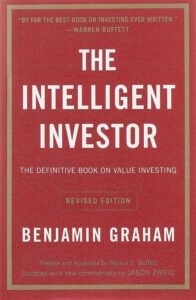
Investing: Read books like The Intelligent Investor by Benjamin Graham.
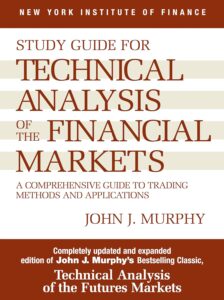
Trading: Explore resources like Technical Analysis of the Financial Markets by John Murphy.
Conclusion
Both investing and trading offer opportunities to grow your wealth, but they cater to different financial goals and risk appetites. By understanding the core differences, benefits, and strategies outlined in this guide, you can make informed decisions and build a financial plan tailored to your needs.
Whether you choose to invest, trade, or do both, success requires discipline, knowledge, and a clear understanding of your financial objectives. Start small, stay informed, and let your financial journey begin!

